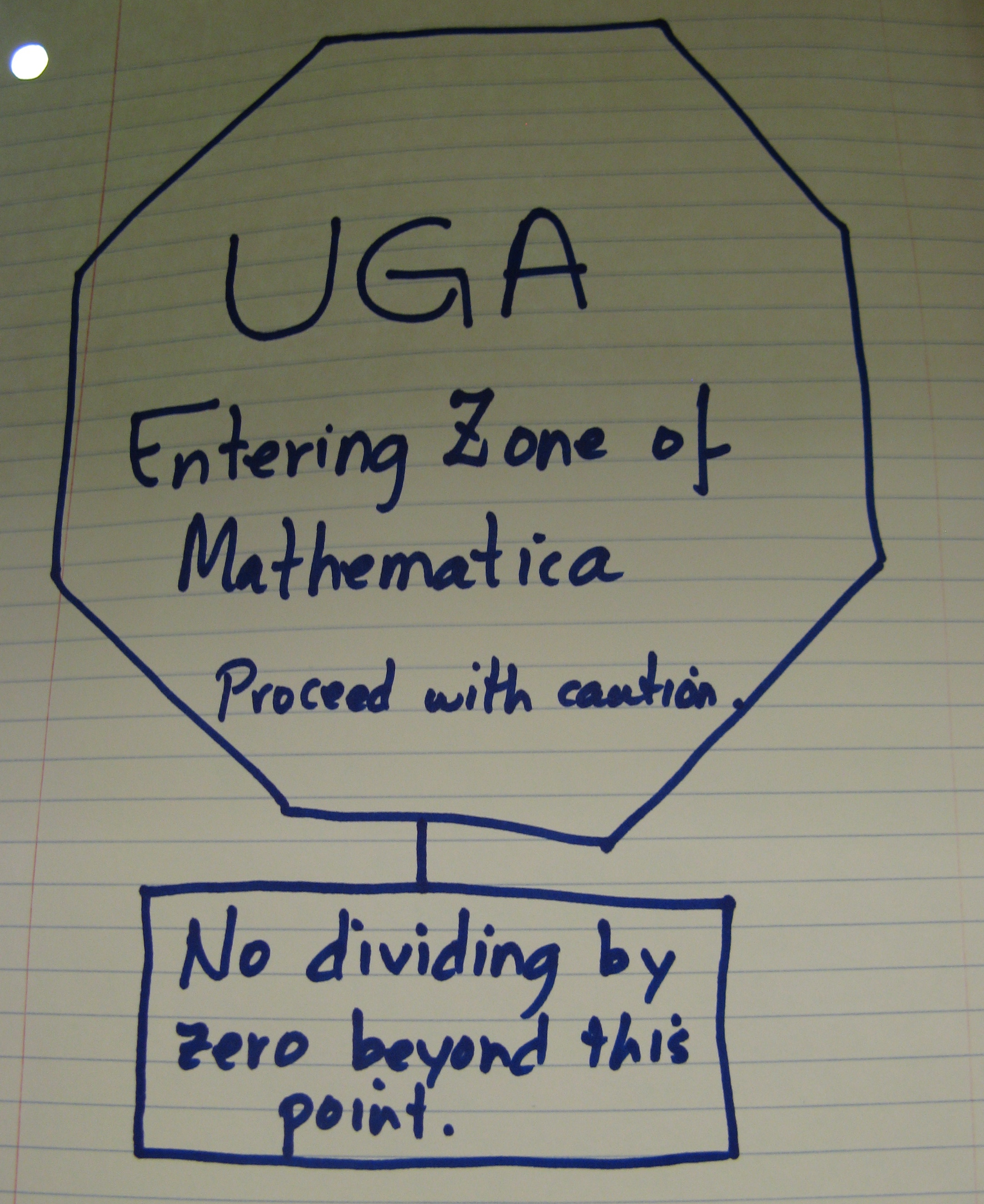Team:MoWestern Davidson
From 2009.igem.org

Project Description
Our team research goal was to advance the developing field of bacterial computing by harnessing the inherent biological properties of E. coli to tackle computationally challenging mathematical problems from a class known as NP-complete. As NP-complete problems grow in size, the time required to solve them increases rapidly. The Satisfiability (SAT) logic problem was the first mathematical problem proven to be NP-complete. Logical clauses are composed of two (2-SAT) or three (3-SAT) true-false variables connected by OR operators. A series of logical clauses are linked together by AND operators to form a SAT problem. A problem is satisfied if true or false can be assigned to each variable in such a way that the overall value of the logical expression is true.
Our system is designed to use frameshift suppressor tRNAs as inputs that can be processed by frameshift suppressor leaders (FSLs) that enable the translation of reporter constructs only when an appropriate combination of inputs is present. Accordingly, we designed and constructed FSLs as logical clauses in reporter genes encoding antibiotic resistance and fluorescent proteins. Once logical clauses are satisfied, a given reporter gene is expressed, and our bacterial computers report the result of the SAT problem. The results of this project promise to illustrate the use of engineered living cells to evaluate challenging mathematical problems.
In our project, we also sought to explore two specific aspects of synthetic biology education. Our project explored, through surveys, how the general public as well as high school teachers understand synthetic biology. Our team collaborated with psychology and sociology students to construct, distribute, collect, and analyze surveys of public opinion and knowledge of synthetic biology based on provided summaries of the field. We also designed and constructed physical models of our frameshift suppressor tRNAs to better understand and communicate their role in our project.
Medal Criteria
Bronze New Parts Contributed to the Registry - we designed, built, and contributed 25 new parts to the Registry. We also submitted our summary by August 1, presented our PPT and poster at iGEM 2009.
Silver Experience Gained on New Registry Parts - we measured the function of several new parts we designed, and some expectations were met.
Gold Human Practice: Public opinion on Synthetic Biology - we learned more about public views on synthetic biology and potentially garnered support for its in inclusion in high school curricula.
Human Practice: Physical modeling - we designed and constructed physical models of various molecules to serve as visual educational tools.
 "
"
